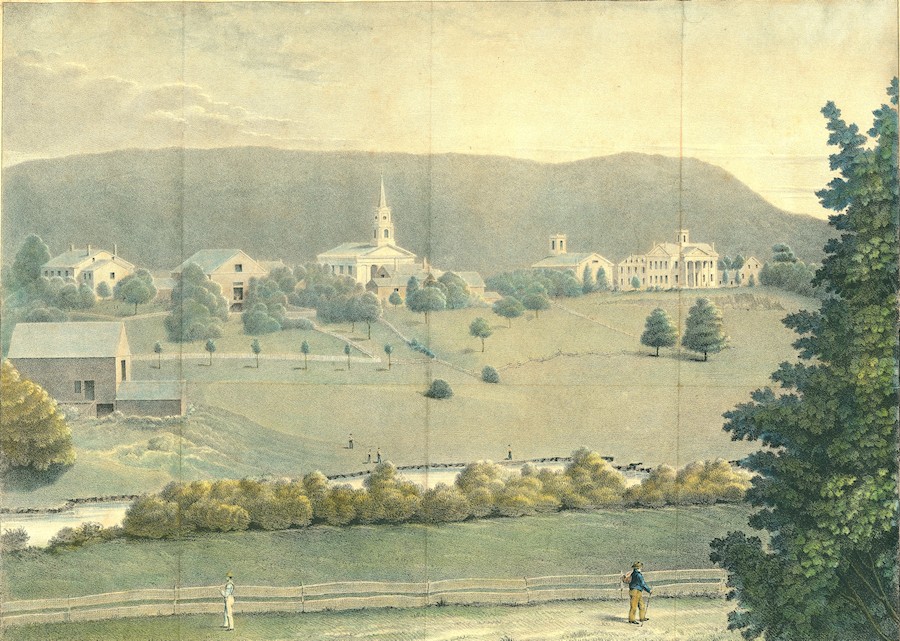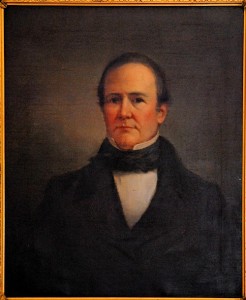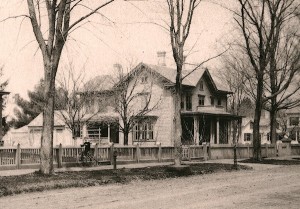 A new school year is upon us, with all the annual rituals that accompany it: friends to be made, rooms decorated, class schedules to figure out. An essential opening-of-school tradition is our attempt to instill into all our students’ consciousnesses the concept of “A Certain Minimally Consistent Standard of Behavior,” also known as “The Rules.” Yes, friends, this is when Alma Mater actually asserts her rights in loco parentis.
A new school year is upon us, with all the annual rituals that accompany it: friends to be made, rooms decorated, class schedules to figure out. An essential opening-of-school tradition is our attempt to instill into all our students’ consciousnesses the concept of “A Certain Minimally Consistent Standard of Behavior,” also known as “The Rules.” Yes, friends, this is when Alma Mater actually asserts her rights in loco parentis.
When I began to compile this essay, it occurred to me that it was a great topic for alumni input. A brief and wildly unscientific sampling of Facebook friends elicited many responses, some of which are reproduced here. But Amy Goodwillie Lipkin ’77 noted, “what I thought was ridiculous in my mind as a 16-year-old, I may not see as ridiculous now as an adult.” It’s a good point, one with which most parents or deans, if not every teenager, might concur. On the other hand, alumni recollections suggest that sometimes, even after many years, passions, or at least the memories of outrage, run high. It is also a reminder of the essential conflict between common sense and regulatory detail. Even today, the idea of having, say, a simple conceptual dress code of “neat, clean, and appropriate” is utterly impractical in a community of approximately 700 students and adults, who will voice as many opinions over exactly what that means.
Continue reading →





